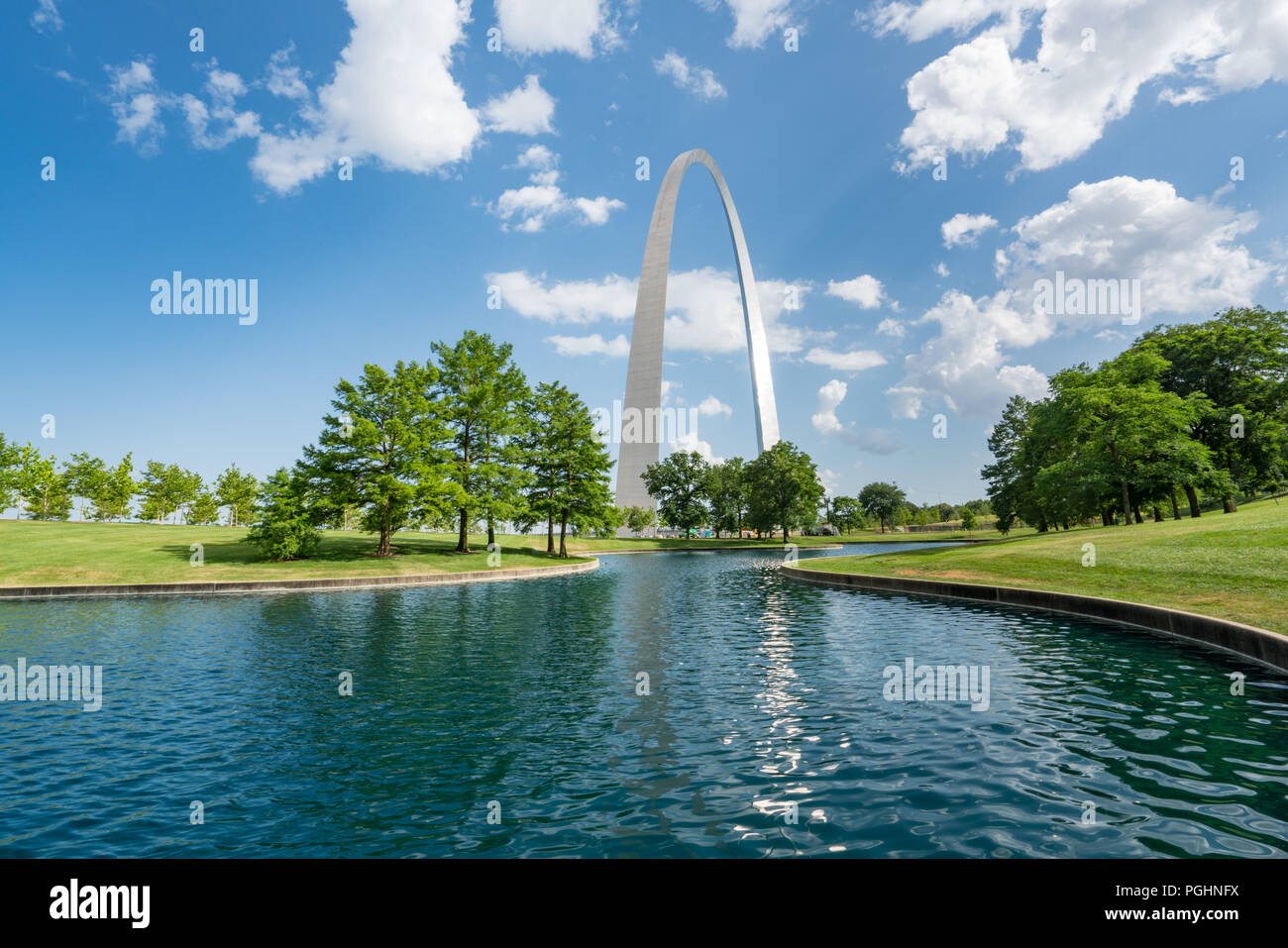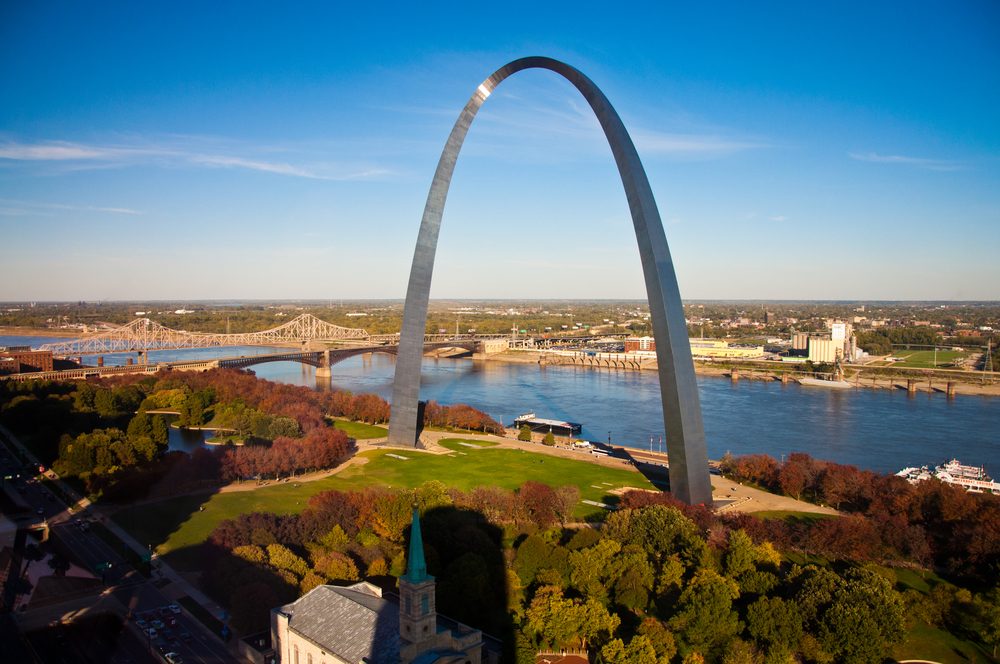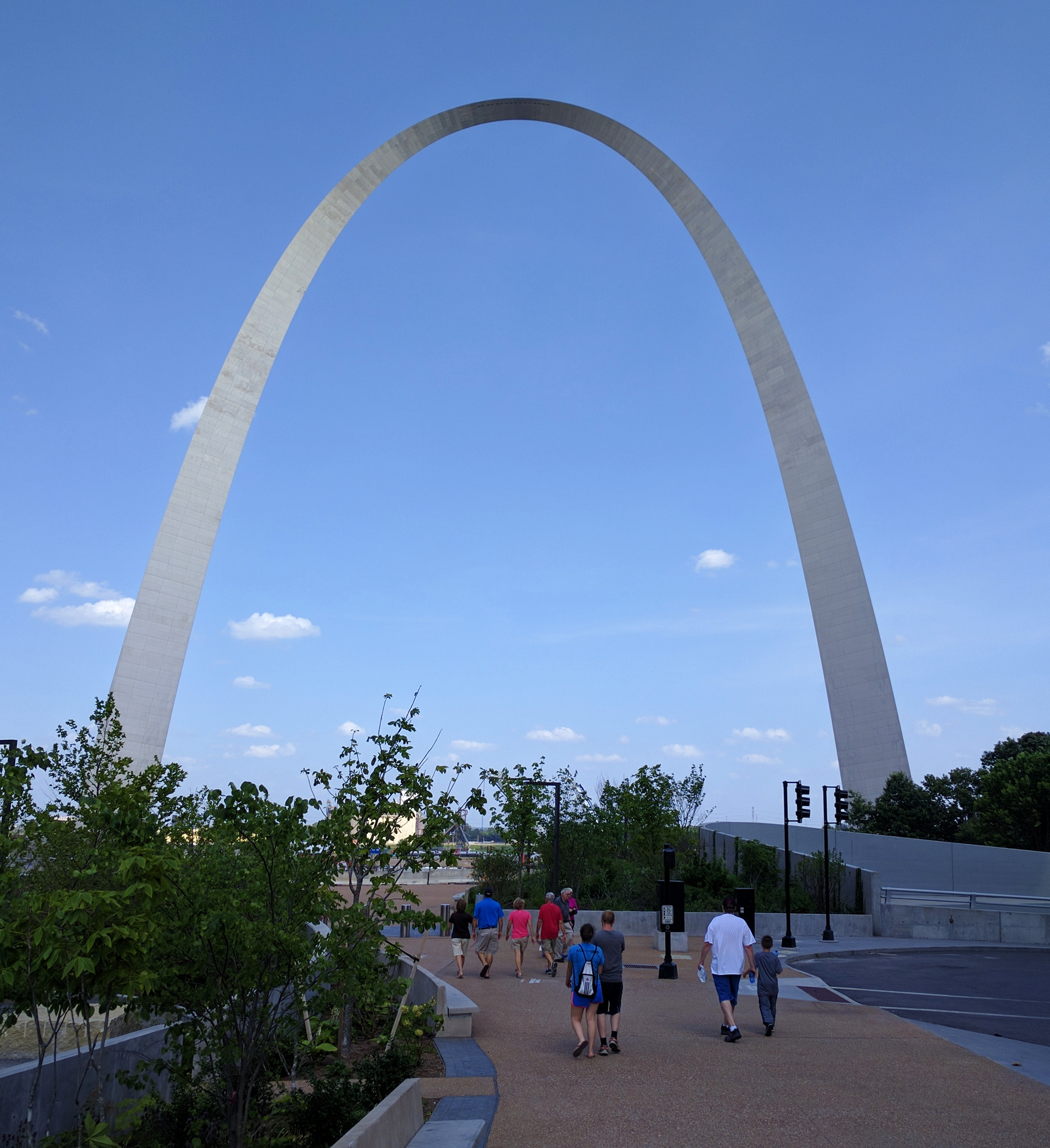Gateway Arch National Park parking: Guide for Easy Access to the Arch
Gateway Arch National Park parking: Guide for Easy Access to the Arch
Blog Article
Discover the Historic Significance of Portal Arch National Forest in St. Louis, MO
The Portal Arc National Forest in St. Louis, Missouri, serves as a profound symbol of America's historical story, enveloping styles of westward development and exploration. This architectural wonder, finished in 1965, not just commemorates essential events such as the Louisiana Acquisition and the Lewis and Clark Exploration however additionally shows the wider ambitions of a country in improvement. As we discover its complex importance, one must consider just how this iconic structure has influenced both the social fabric of St. Louis and the collective memory of the USA. What much deeper tales lie below its towering shape?
The Birth of the Portal Arc
Frequently considered an iconic sign of St. Louis, the Gateway Arc was conceived as a monument to recognize the westward development of the USA. The concept for the Arch emerged throughout the 1930s among discussions regarding revitalizing the riverfront area. Architect Eero Saarinen's design was picked in 1947 after a national competition, reflecting both modernist visual appeals and historical value.
Building started in 1963, using stainless-steel to produce a streamlined, minimal form that rises 630 feet right into the skies. The structure's special hyperbolic form was planned to symbolize the entrance to the West, embodying hope and opportunity. The Arc was finished in 1965, and its commitment happened on October 28, 1965, marking a zero hour in American architectural history.
In 2018, the area surrounding the Arc went through substantial remodellings, transforming it into Portal Arch National Park. This update boosted site visitor access and engagement, strengthening the Arc's duty as a main cultural site. The Gateway Arc not only stands for St. Louis yet also serves as a testimony to the country's journey, standing as a beacon of inspiration and collective memory.
Symbol of Westward Development
The Gateway Arc stands as an effective symbol of westward growth in the USA, enveloping the spirit of exploration and passion that characterized the 19th century. Erected in St. Louis, Missouri, the Arch celebrates the city's duty as a crucial beginning point for settlers heading westward along the Oregon and Santa Fe Trails.
As leaders ventured into the uncharted areas, they carried with them imagines prosperity and clean slates, driven by the idea of Manifest Destiny. The Arch goes beyond simple building elegance; it embodies the accomplishments and difficulties dealt with by those who sought opportunity in the vast, unidentified frontier.
The framework's style evokes the image of an entrance, welcoming travelers and daydreamers alike to discover the potential of the American West. It serves as a pointer of the transformative journey that shaped the country, marking the change from a mostly agrarian culture to a blossoming land of development and sector.

Building Innovation and Design
Exceptional in its style, the Portal Arch is a prototype of building advancement that effortlessly blends kind and feature. Made by designer Eero Saarinen and structural designer Cass Gilbert, this iconic monolith stands at 630 feet, making it the tallest arc in the world and a testimony to modern-day engineering expertise. Its hyperboloid form not only produces a visually striking shape versus the St. Louis skyline however additionally offers an essential architectural function, distributing weight evenly and enhancing stability.
Created from stainless-steel, the Arch's smooth, reflective surface records the altering light throughout the day, developing a dynamic visual experience. The option of products and cutting-edge building and construction strategies, including making use of prefabricated areas, helped with the Arc's conclusion in 1965, in spite of the obstacles postured by its enthusiastic layout.
Visitors can ascend to the monitoring deck through an unique tram system, experiencing scenic sights of the Mississippi River and the city listed below. The combination of aesthetic charm and practical layout exhibits Saarinen's vision of creating a monument that not just memorializes America's westward development yet also stands as a landmark of architectural accomplishment in its very own right.
Social Influence On St. Louis
Located in the heart of St. Louis, Gateway Arch National Park works as an essential social touchstone for the city and its residents. The Arch is not simply a building marvel; it symbolizes St. Gateway Arch National Park parking. Louis's historical role as an entrance to the West and shows the city's abundant heritage. Its presence has promoted a sense of satisfaction among citizens and has actually come to be an indispensable component of the city's identity
The park brings in numerous visitors annually, adding considerably to the neighborhood economy and promoting a lively cultural scene. Occasions, events, and educational programs centered around the Arc advertise community engagement and social exchange, while the surrounding landscape works as a gathering room for diverse populations.
Furthermore, the Entrance Arc has influenced plenty of artists, filmmakers, and musicians, installing itself in the social textile of St. Louis. It has been featured in numerous types of media, representing durability and development. By connecting the past with the here and now, Gateway Arc National Park not only commemorates St. Louis's historic story but also remains to shape its cultural development, making it a beacon of ideas for future generations.

Gateway Arch in American Memory
A sign of American aspiration and exploration, the Gateway Arch holds a noticeable place in the cumulative memory of the nation. Made by designer Eero Saarinen, the Arc was completed in 1965 and stands as a testimony to America's westward expansion and the spirit of the frontier. Its smooth, modernist layout contrasts with historical frameworks, recording the essence of advancement and progress this content that identifies the American experience.
The Arch not just memorializes the Louisiana Purchase and the Lewis and Clark Expedition but likewise symbolizes the struggles and victories of many individuals who added to the country's development. It acts as a centerpiece for nationwide pride, bring in countless site visitors annually who seek to get in touch with this emblem of American history.

Final Thought
Finally, Entrance Arch National Park works as an effective sign of America's westward expansion and the historical stories connected with it. Its building development and design show the goals of a country, while its social effect resonates within the city of St. Louis and beyond. Gateway Arch National Park parking. As a monument to the Louisiana Purchase and the Lewis and Clark Exploration, the Portal Arch proceeds to motivate and inform future generations concerning the transformative trip of the United States
Please visit one of our local supporters - Axis Spine And Orthopedics Dr Sinha Surgeon
Report this page